Impressionists in black and white: etchings by Renoir and companions on display in Fano
Impressionists in black and white on display in the Marche region: on the occasion of the 150th anniversary of the first Impressionist exhibition held in Paris in 1874, in Fano (Pesaro) the Fondazione Carifano, in collaboration with Crédit Agricole Italia, presents the exhibition Impressionists and Graphics Toward Modernity. The exhibition, hosted in the historic setting of Palazzo Corbelli in Fano, and curated by Rodolfo Battistini and Luigi Benelli, offers a glimpse ofImpressionism through an exploration of late 19th-century graphic and engraving techniques.
The exhibition, open from Oct. 18, 2024, to Feb. 2, 2025, brings together about one hundred works by iconic artists such as Camille Pissarro, Edgar Degas, Pierre-Auguste Renoir, Alfred Sisley, and Paul Signac, famous for their contributions to the birth of a new artistic language. Using the techniques of etching, lithography, and aquatint, these colorless works restore the intimate and experimental side of a movement best known for its use of color and light, but expressed in etchings with subtle and intense strokes.
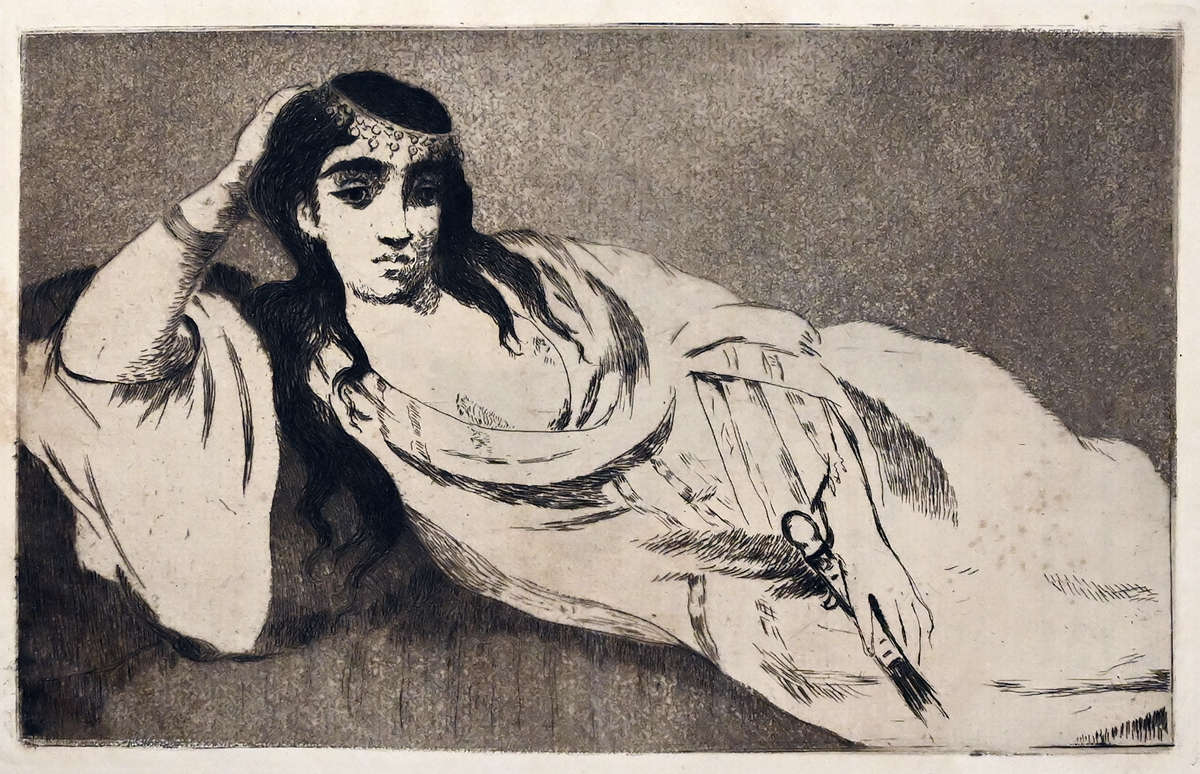
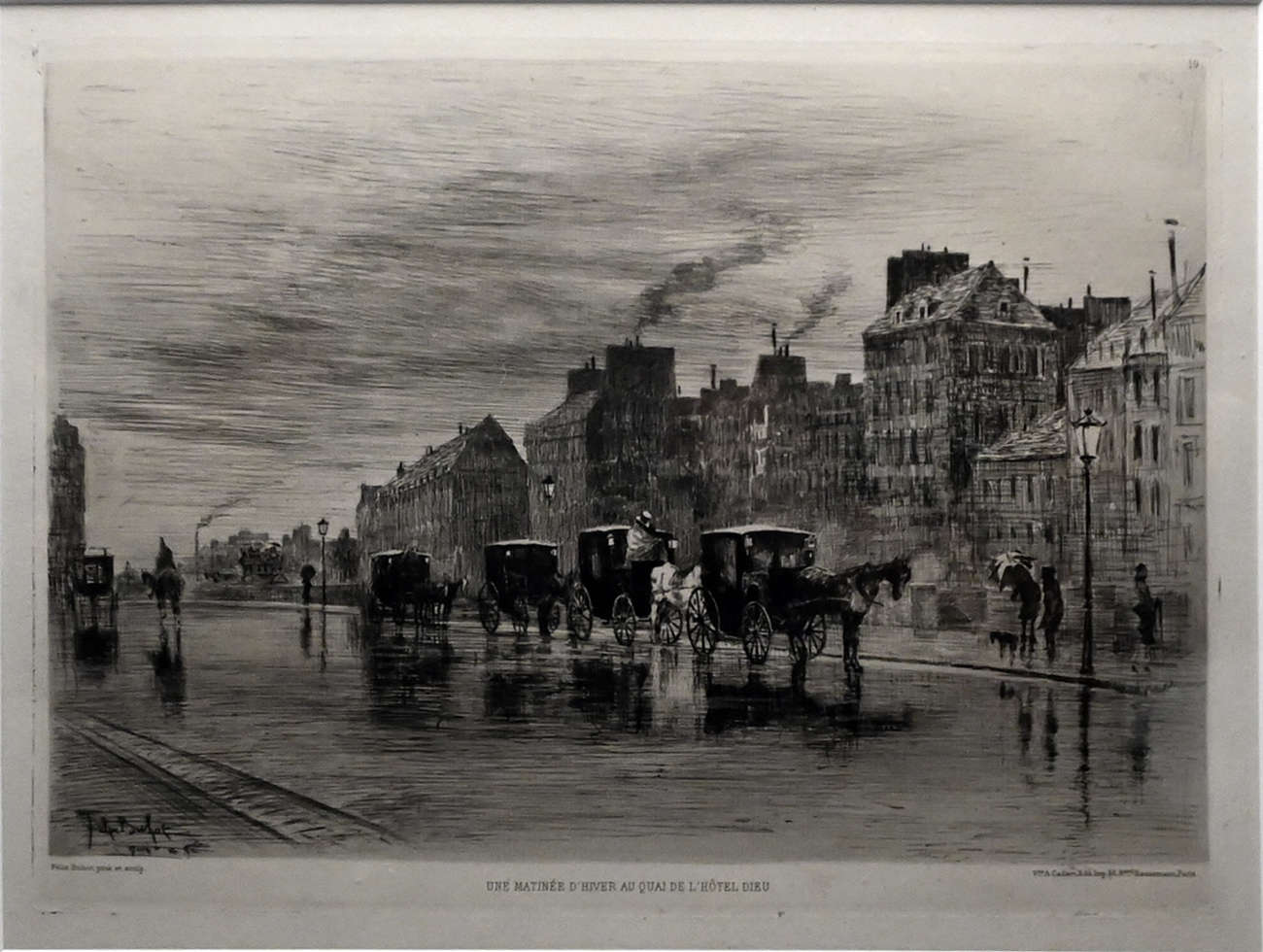
Four sections to explore a world in black and white
The exhibition is divided into four main sections, each occupying a room in the Palazzo Corbelli. The first section welcomes visitors with works by the precursors of Impressionism, such as Corot and Millet, along with the landscape painters of the Barbizon School, artists who decisively influenced the Impressionists’ aesthetic turn, directing them toward the depiction of nature and everyday life.
In the second room, the Italian Macchiaioli, represented by Giovanni Fattori and Telemaco Signorini, are joined by Édouard Manet, an artist who did not participate directly in the Impressionist group’s exhibitions but whose innovations represented a fundamental source of inspiration for them. This section highlights the dialogue between the Italian and French art scenes of the late 19th century.
The third section is the heart of the exhibition, devoted to the actual Impressionists, protagonists of the eight Paris exhibitions held between 1874 and 1886. On display here are engravings and lithographs by such historic figures as Renoir, Degas, Pissarro, Sisley, Signac, and Paul Cézanne. The selected works show a lesser-known side of the artists, exploring how graphic art, with its essential, monochromatic forms, represented a means of experimentation capable of capturing details and atmospheres with great precision.
The fourth and final section is devoted to the Impressionist legacy, drawing a bridge to post-Impressionism. Here we find artists such as Henri de Toulouse-Lautrec, James Tissot, and Giovanni Boldini, who reinterpreted the Impressionist influence in a modern key, paving the way for a new artistic horizon.
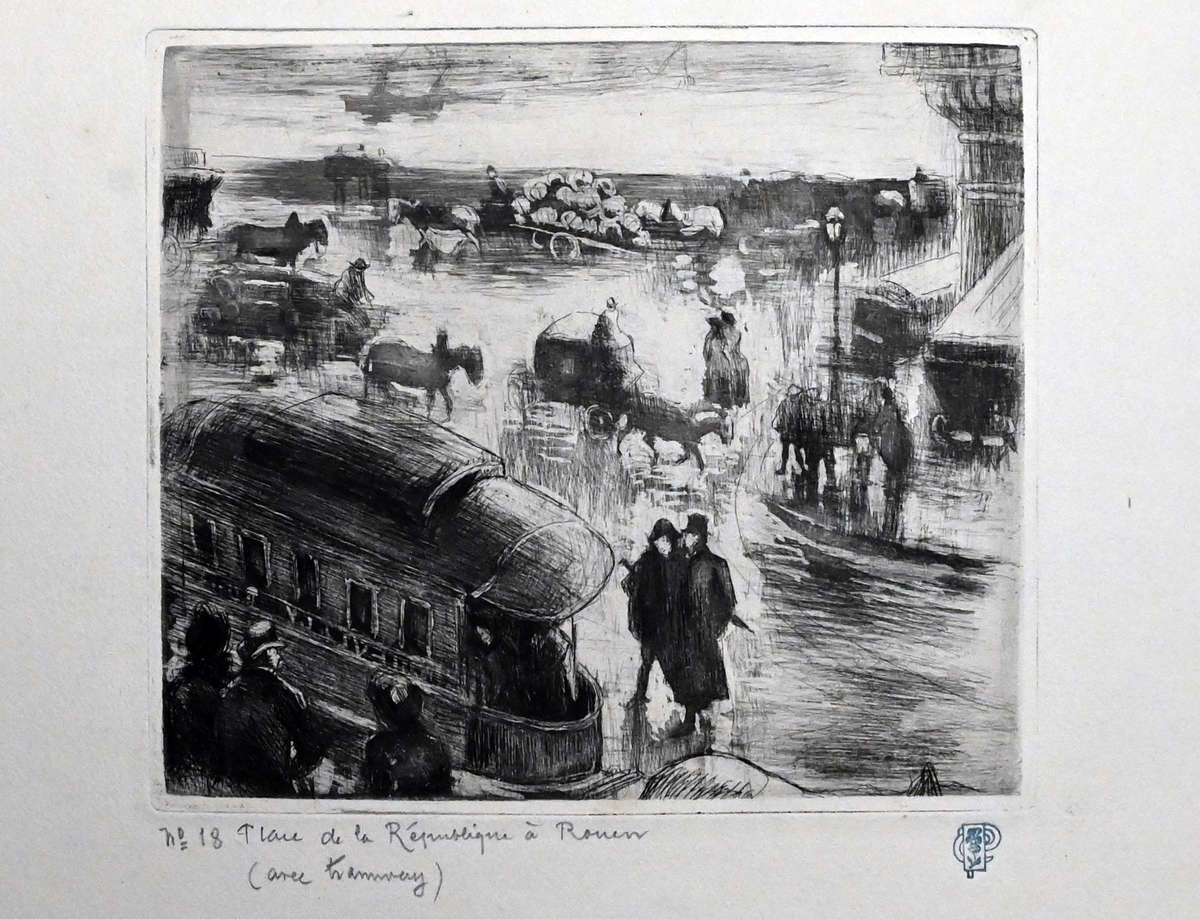
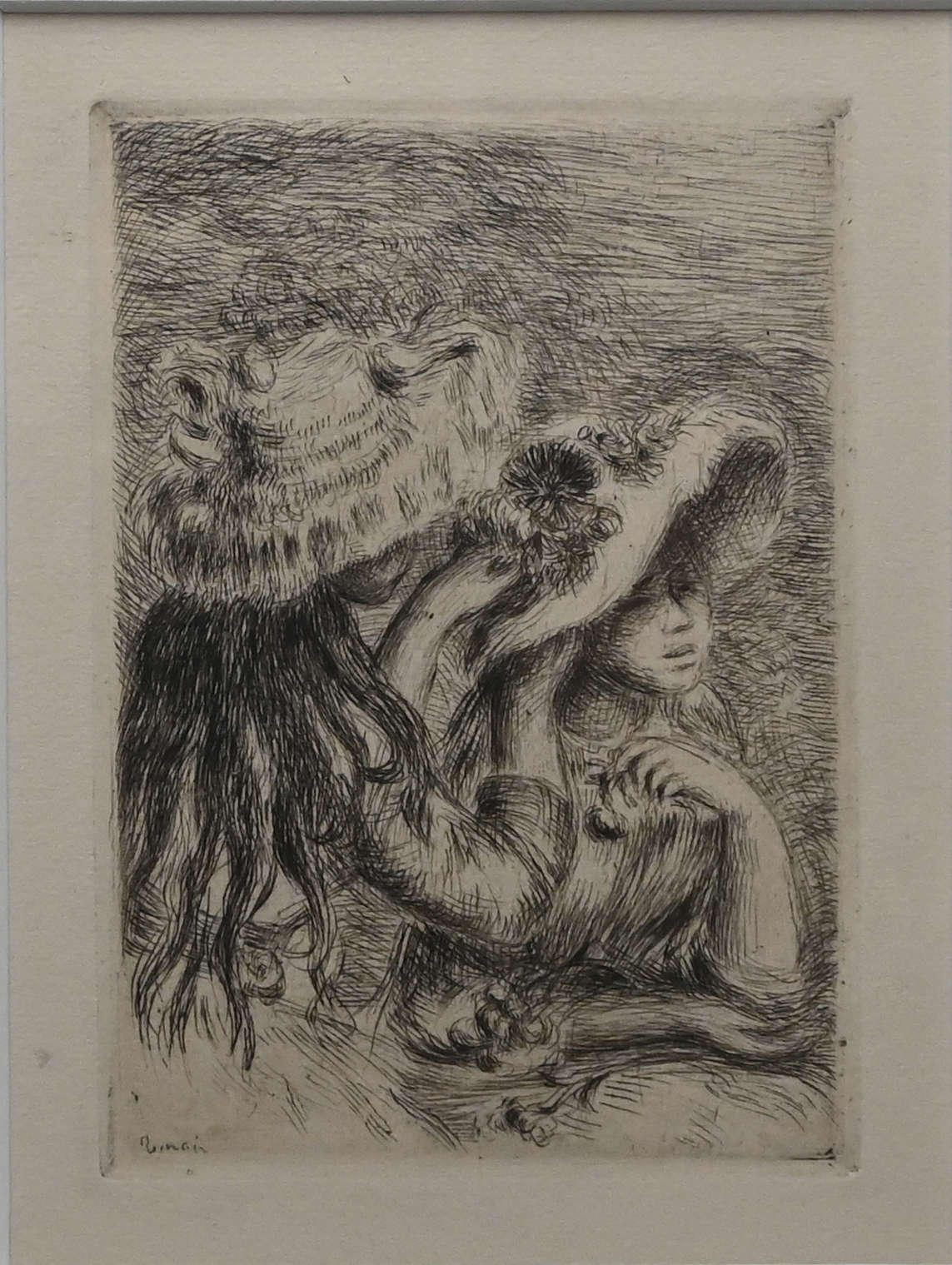
A journey between innovation and tradition
The works on display come from private collections and have already been featured in other exhibitions. “Impressionists and Graphics Toward Modernity” celebrates an often little-known aspect of these artists’ output: their interest in etching as a means of capturing reality as well as exploring new modes of expression. The choice to present graphic works rather than paintings is significant, as it allows us to appreciate the evolution of Impressionist aesthetics through a medium in which the play of light and shadow is achieved without the use of color.
“Since these are predominantly black-and-white graphics,” explain curators Rodolfo Battistini and Luigi Benelli, “one might ask, can one really think of the Impressionists without color? The artists used etching, often combined with aquatint, to capture the temperature of light and atmospheres, fixing characters, urban vistas or landscapes on paper. The black marks become symbols of the absence of light, as if the material itself lived only through glows. A poetic statement, even without the use of color.”
The exhibition, which will be on view until Feb. 2, 2025, is open to the public on Fridays, Saturdays and Sundays from 4:30 to 7:30 p.m. Palazzo Corbelli, located at 47 Arco d’Augusto Street in Fano.
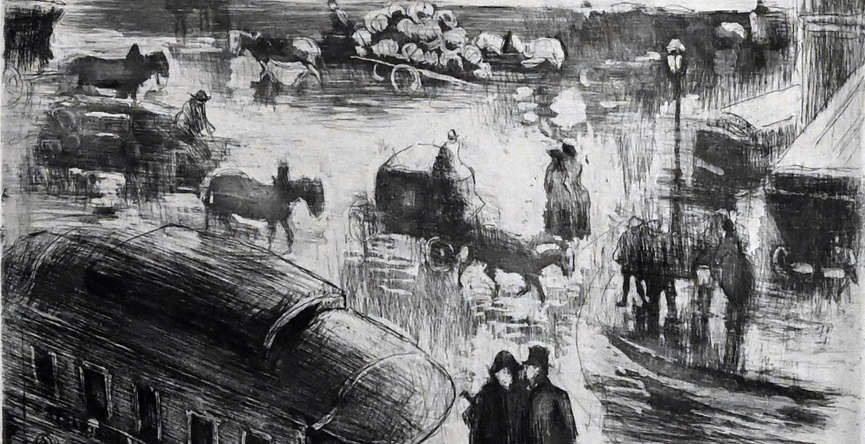 |
| Impressionists in black and white: etchings by Renoir and companions on display in Fano |
Warning: the translation into English of the original Italian article was created using automatic tools. We undertake to review all articles, but we do not guarantee the total absence of inaccuracies in the translation due to the program. You can find the original by clicking on the ITA button. If you find any mistake,please contact us.



























